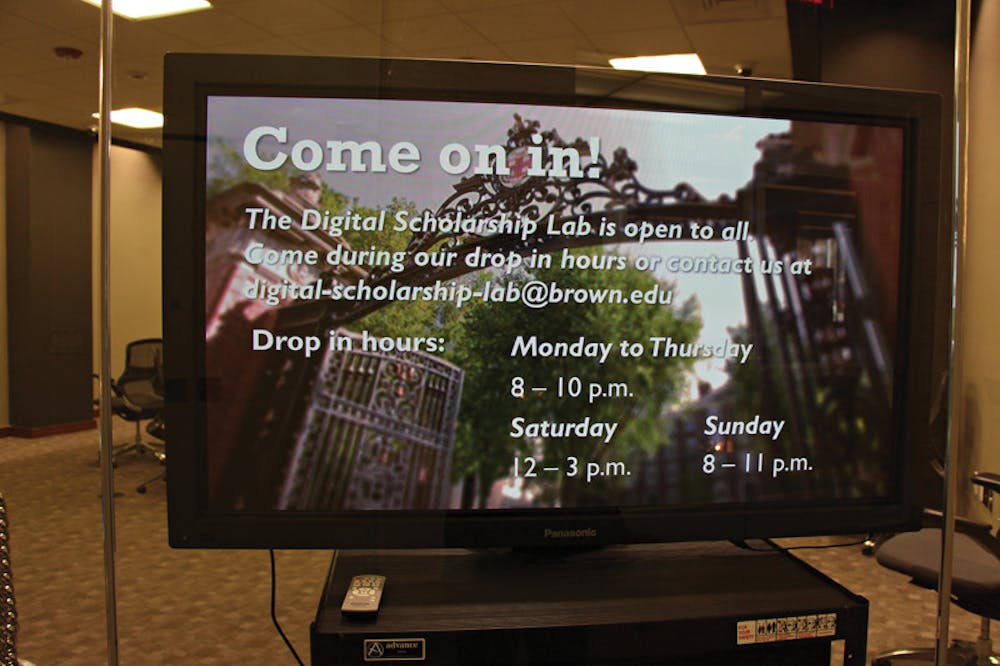After six months of preparation, James Egan, professor of English, is now midway through teaching his first semester of ENGL 1901E: “Literature and the Digital Humanities” — a course at the intersection of literature and laboratory work.
The course uses resources in the Rockefeller Library’s recently constructed Digital Scholarship Lab to examine a wide range of texts from Hawthorne to Fitzgerald. Students are able to upload texts to various digital platforms that will facilitate analysis, including through the creation of word clouds.
But the term “digital humanities” is rejected by some scholars who use these electronic tools to achieve the same end product as they would from traditional humanistic analysis, said Harriette Hemmasi, University librarian.
Regardless of what one calls the use of digital methods, they have made some types of analysis more efficient, Hemmasi said. “What might have taken a scholar 10 years to do now takes two months if the data has all been digitalized in a database.”
Egan said the digital humanities have been a topic of fervent debate among humanities scholars who fear these digital tools’ potential drawbacks. Such “scholarly anxiety” has sparked the interests of some scholars to find ways around perceived problems, he said.
“It’s kind of like a person using a record player that you crank now using an iPod to listen to music,” Egan said. “They’re both music, but they are fundamentally different.”
Egan first conceptualized the class after he and Jean Bauer, digital humanities librarian, finished a visualization project called “Mapping Colonial Americas Publishing.” Egan said this project helped his students visualize the history of publishing in the colonies in “a more useful way.”
“That work with Jean Bauer was really the impetus to say, ‘I should really bring that into the classroom,’” Egan said.
In fall 2012, shortly after the DSL was constructed, Egan proposed the idea for the course, which was approved by both administrators and the Department of English. Initially, he and Kimberly Takahata ’14, who won an Undergraduate Teaching and Research Award to work on a course proposal, were on track to finish the syllabus by fall 2013. But they did not complete the syllabus until a day before the class started this semester, Egan said.
“It’s better than I hoped,” he said. “Students are more engaged and ask better questions than I imagined they would.”
Though he expressed satisfaction with his students’ engagement with the course material, Egan said “every day in the DSL is an unforeseen challenge.”
The course has prompted Egan to reconsider “the assumptions on which I operate normally” to introduce his students to the digital study of literature, he said.
Egan said he has completely reconsidered how he presents material to his other classes and that this experience will continue to shape his teaching.
“It’s terrific that he’s being so dedicated to introduce his students to new kinds of technology,” Hemmasi said. “He’s teaching himself, and at the same time he’s teaching his students.”

ADVERTISEMENT




